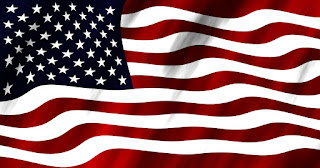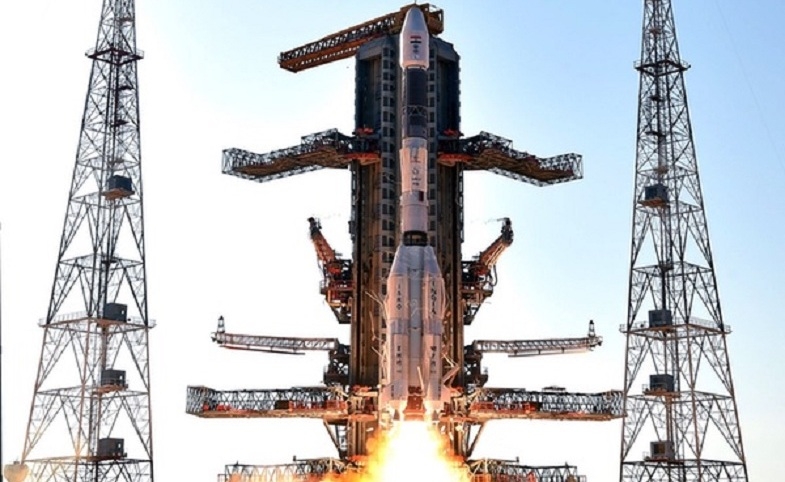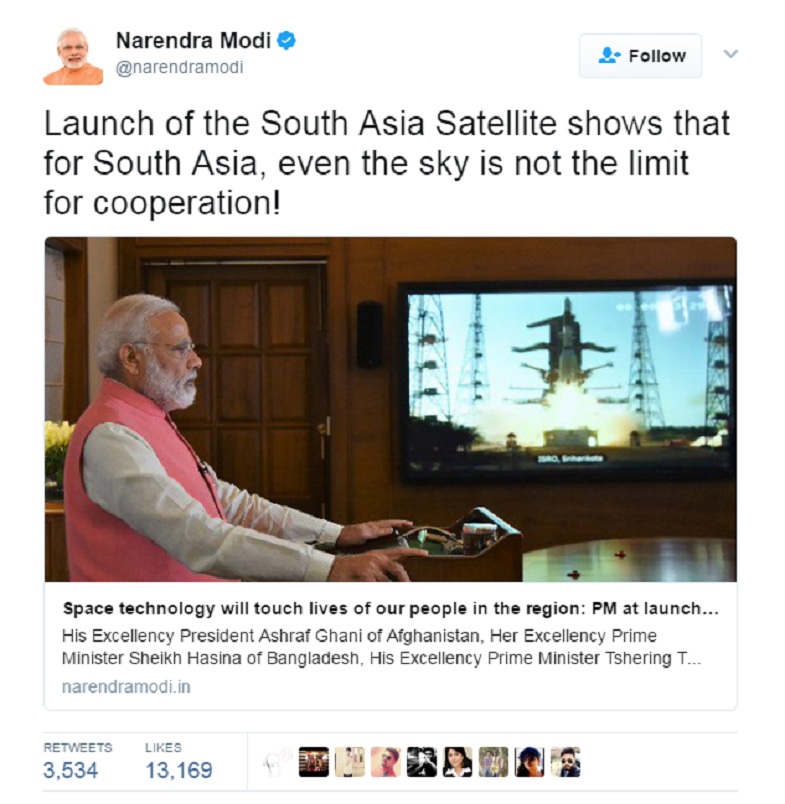South Korea never fails to impress us with it's quiet commitment to public diplomacy. While there's lot of talk around the world about projecting soft power, very rarely do we find discussions on South Korea.
The tensions with North Korea aside, the latest that has come from South Korea is that the country has set up clear actionable and measurable public diplomacy plans for 2018 and beyond. South Korea's Ministry of Foreign Affairs announced today that it has developed the first comprehensive public diplomacy program and constituted agencies to drive and execute the plan.
We have discussed in this blog earlier as well how relevance, 'measurability' and being 'budgeted for' will become the 3 significant challenges for foreign offices worldwide as they think of public diplomacy.
If we don't have answers to these, most PD programs will take the easy way out, which in India's case is narratives around Bollywood, food, culture and heritage and the occasional 'sensationalism'.
South Korea seems to be working to overcome these challenges:
Korea Foundation will serve as the overseer of this program.
We will definitely ask PD practitioners to keep a watch on South Korea.
The tensions with North Korea aside, the latest that has come from South Korea is that the country has set up clear actionable and measurable public diplomacy plans for 2018 and beyond. South Korea's Ministry of Foreign Affairs announced today that it has developed the first comprehensive public diplomacy program and constituted agencies to drive and execute the plan.
We have discussed in this blog earlier as well how relevance, 'measurability' and being 'budgeted for' will become the 3 significant challenges for foreign offices worldwide as they think of public diplomacy.
If we don't have answers to these, most PD programs will take the easy way out, which in India's case is narratives around Bollywood, food, culture and heritage and the occasional 'sensationalism'.
South Korea seems to be working to overcome these challenges:
- The plan has a clear budget commitment of 410 billion won.
- The plan has 49 tasks.
- These tasks include 320 culture related projects, 200 knowledge related projects and 190 policy-oriented diplomacy projects
Among various awareness promoting initiatives, the country also has plans to constitute private committees to "correct factual errors" regarding the country. Internally for South Korea, this is the first time PD policy has been integrated with local implementation agencies and central administrative agencies of the government. This is great!
Korea Foundation will serve as the overseer of this program.
We will definitely ask PD practitioners to keep a watch on South Korea.










